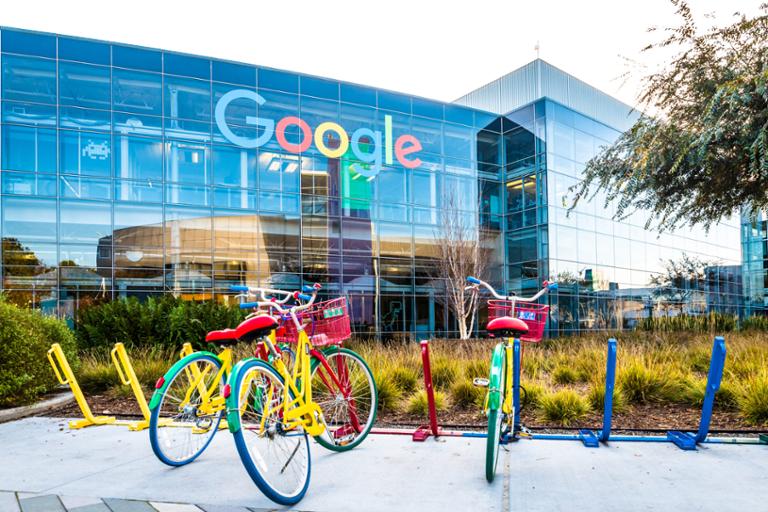Google wants to speed up developers’ ability to build, test, and deploy software—so long as they do it with Google’s tools. Google’s new Cloud Build, announced at the Google Next 2018 conference, is a framework for continuous delivery/continuous deployment. It is meant for a variety of environments, including serverless, Firebase, and Kubernetes, and
supports Docker containers. The first 120 build-minutes per day are free; after that, Google charges $0.0034 per additional build-minute. With Cloud Build, developers will be able to leverage Google’s cloud-computing infrastructure (including high-CPU virtual machines) to reduce build time. Developers with a lot of projects in process can define their workflows with specific instructions for building and pushing images; the emphasis is on running multiple jobs in parallel.
Artificial Intelligence
In addition to Cloud Build, Google made several other announcements at Google Next 2018. For example, the company is weaving more of
its artificial intelligence (A.I.) work into its cloud offerings—Cloud Auto ML Vision, Natural Language, and Translation are three new platforms, available in beta, with robust machine-learning and natural-language-processing capabilities. Google’s core machine-learning APIs can now recognize handwriting, locate objects within images, and identify spoken languages. Google is also working on virtual agents that can take over some call-center work from human employees. This platform, Contact Center AI, is similar in many ways to
Duplex, Google’s recently announced system for making restaurant reservations; but development of Contact Center AI has progressed on a different track. Google is being very careful to frame Contact Center AI as an “enhancement” to existing human employees, as opposed to a platform that will eventually automate call centers entirely. “We’re working with several of our Contact Center AI partners—including Appian, Chatbase, Cisco, Five9, Genesys, Mitel, Quantiphi, RingCentral, Twilio, UiPath, Upwire, and Vonage—to engage with us around the responsible use of Cloud AI,” read the
company’s blog posting on the technology. “This includes best practices such as disclosing when customers are talking to a bot, and education around issues such as unconscious bias and the future of work.”
Other Tweaks
Google’s other conference announcements included an enhancement to Security Center that allows sysadmins to monitor the spread of malware and other infections, as well as how users share files outside of a company’s network. Smart Compose and Smart Reply, features already available in the consumer version of Gmail, are coming to G Suite business email, as well.
What Does This Mean?
Tools that speed up software deployment are good things; so are features that give sysadmins and other tech pros the ability to more effectively monitor their systems. And who wouldn’t want to make customer service a little bit easier via artificial intelligence? Google Next hints at a future in which some of the most labor-intensive aspects of tech, such as building software and maintaining sprawling corporate systems, is far more seamless. A.I.-enhanced automation is inevitable at this juncture, and will allow tech pros to accomplish far more in any given day. However, automation also means that companies will need fewer developers, sysadmins, and other tech pros to monitor systems and build software; if you want to keep ahead of this tide and stay employed, you’ll need to make sure your skills remain continuously up-to-date.

